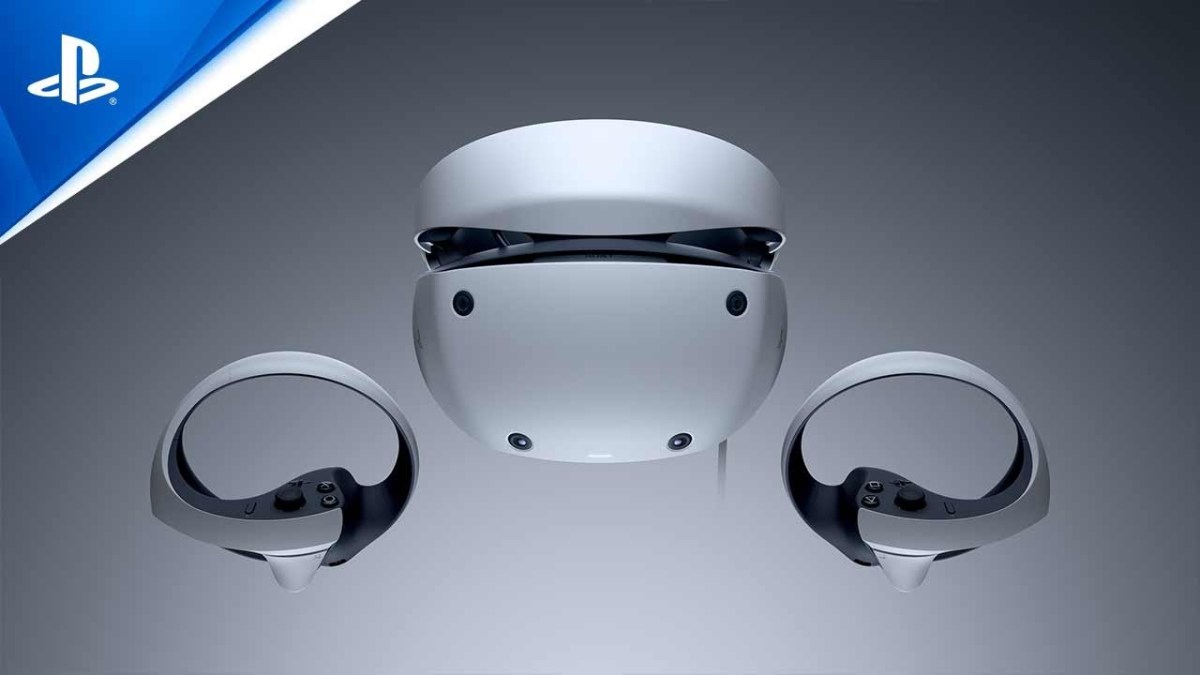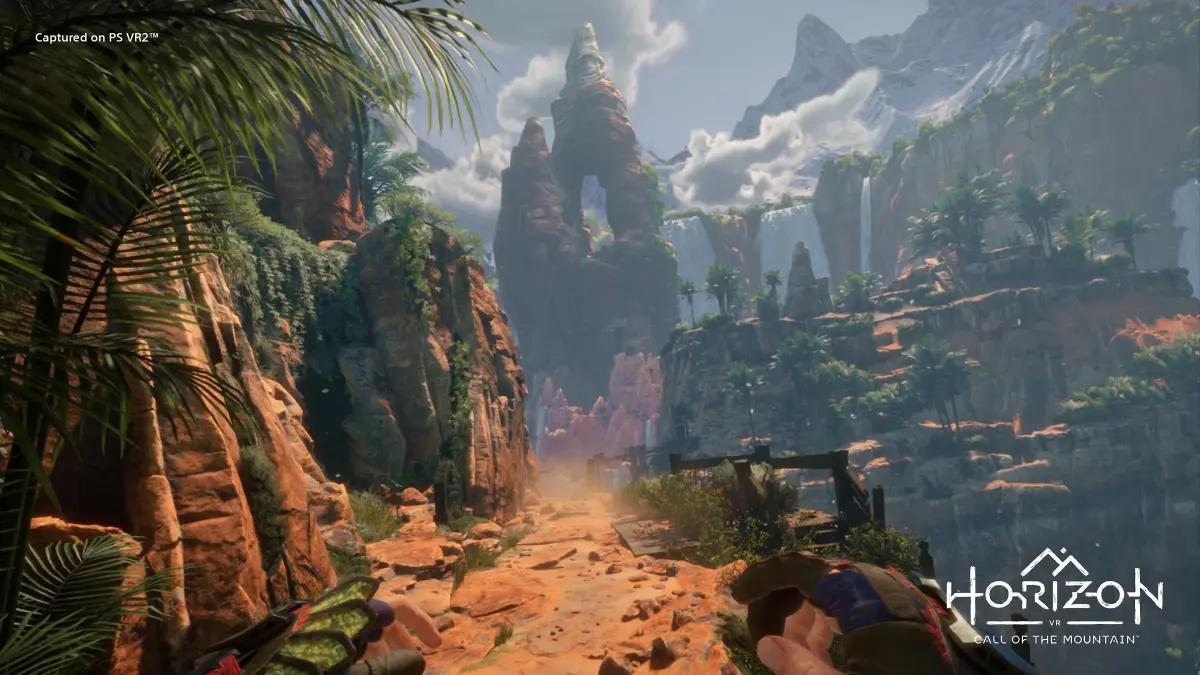PSVR 2 review: the best premium VR headset around

“Is this supposed to crush my nose bone?” I asked my colleague when setting up PSVR 2. “No?” he replied. “Maybe you’ve just got a big nose. Have you pressed the button on the right side to move the screen away from your face?” Reader, I had not. Just ten seconds later and I was set up and ready to play.
This scenario got me thinking back to when the original PSVR landed and I got messages from other game journalists asking where they’d gone wrong in the setup – a missed wire, forgetting to turn the unit itself on, or not configuring the camera properly. All of these issues wash away with PSVR 2. You simply plug it in with a single USB cable, turn it on, make sure it’s not crushing your face, and you’re whisked away to other worlds. God, it’s good.
I’ve tried almost all the other major headsets – Quest 2, Valve Index, PSVR – and PSVR 2 reminds me the most of Valve’s kit, but with the ease of use of the Quest 2. No need for external cameras, comfortable, and still boasts pin-sharp image quality. With around 265 nits in brightness on its OLED, HDR screen, it even outpaces some more expensive VR sets in bright scenes, which is glaringly (sorry) apparent when your hessian hood is snatched off your face in Horizon Call of the Mountain and the sun forces you to squint as your eyes adjust.

The see-through cameras can be turned on and off with a simple button press, allowing you to see the real world without taking the thing off. Grab a coffee, make sure you’re not standing on your dog, find the controllers, and perhaps even acknowledge your family occasionally – all while looking like some Star Trek extra. Bliss.
As soon as you’re holding the controllers in your hands, it makes sense. They’re essentially a DualSense split in half, and you can do everything you can do with a traditional controller with them when you’re navigating menus and interacting in a video game. The main difference is the placement of R1 and L1, which sit on the grip of the handle and are mainly used to grasp and manipulate objects in virtual reality.
One thing I massively appreciate about PSVR 2 is how smart its boundary settings are. When you first start playing, you make a 3D map of your room by looking around, and then you set a play area for stationary or limited movement play. With some other headsets I’ve used, you constantly have to set this up, and they often lose track of the space. This isn’t the case with PSVR 2, which quickly gets you into games without the hassle.
The headset’s eye-tracking tech is another thing you have to set up when you first place the headset on, but you won’t notice it when you’re playing, outside of being able to simply look at certain menus to make selections. This is because it’s mainly used for foveated rendering, which is a fancy way of saying that games can throw more pixels at the spots you’re focused on to allow for a clearer image.

If you want a showcase of that image quality, Horizon Call of the Mountain is the game to try. It’s stunning, placing you in the shoes of a hunter who has to climb and fight his way through a world filled with robotic dinosaurs. The sheer scale of the environments and enemies makes this the perfect technical showcase for VR. Likewise, pop Gran Turismo 7 on and try driving at nighttime, watching the road as shafts of light break through the gap above your rollcage for a demonstration of the HDR. These two titles are as close to a system seller as you can get.
It also comes with haptic feedback (sexy vibrations) in the headset itself, simulating sensations as you explore these virtual worlds. I was worried this might be uncomfortable with something as headache-inducing as VR can be sometimes, but it’s like getting a little massage while playing a game. Lovely stuff. And speaking of comfort, I’ve not felt any motion sickness from the unit so far, thanks to the high frame rate, comfort, and clarity of the image.
The only real downside to PSVR 2 is its price. Sony is likely only just breaking even at this price point, but it’s hard to justify the cost right now when there are so few games and you can’t even use your existing PSVR library. Even games that are out on both platforms force you to pay for an upgrade, which isn’t ideal.

If you’re lucky, you’ll already have Gran Turismo 7, No Man’s Sky, and Resident Evil Village, which all make excellent arguments for traditional games as VR experiences. And it is still cheaper than the premium PC headsets, which still require extensive setup and external cameras to get working. However, it’s not compatible with PC, so don’t get ideas about using it for Steam games.
Another cool thing about PSVR 2 that you might have not considered is its usefulness as a second monitor. You can play normal games on your PSVR 2 headset in cinematic mode, which projects games onto a virtual cinema screen in front of your face. No more arguing over whose turn it is to have the TV – just strap this to your head and enjoy your own personal cinematic experience without distractions.
If money isn’t an obstacle, the only thing lacking with PSVR 2 right now is the library, then. What’s there is excellent – synesthesia delights in Tetris Effect, Black & White-style city building in Townsmen, FPS thrills in Pavlov, co-op shooting in After the Fall, and musical mayhem in Ragnarock and Unplugged – but it might be a while before there’s more than a couple of worthwhile games that you can’t play anywhere else. At least one thing is clear: Sony is all-in on virtual reality, and the future will likely be as bright as the virtual sun.
